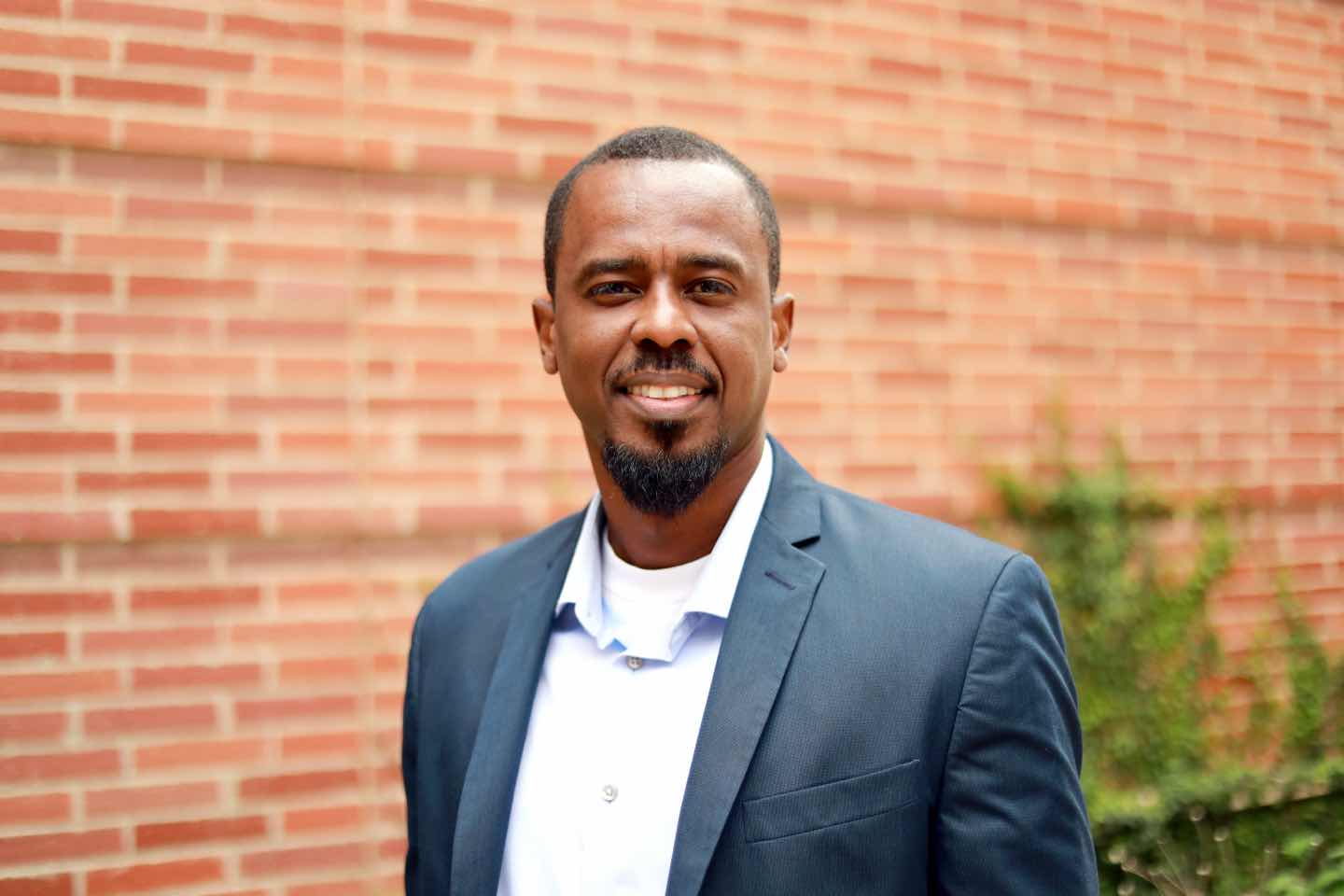Artificial Intelligence in Structural Engineering: From Statistical and Machine Learning to Causal Analysis
When
October 30th, 2025 12:00 - 1:00 PM (Central Time)
Webinar Registration
Abstract
Empirical data underpin progress in structural and earthquake engineering, yet much of the analytical studies used to interpret these data has focused on correlation rather than causation. Statistical and machine learning models have advanced predictive accuracy, but they are inherently limited to associational relationships. This presentation advocates for a paradigm shift toward causal inference for understanding and quantifying the true effects of structural parameters and seismic interventions using observational data. This talk will introduce foundational concepts of causal inference and their relevance to earthquake engineering problems in situations where controlled experiments are infeasible. Two illustrative case studies are used to demonstrate this potential. The first examines how causal relationships can be extracted from data generated by disparate structural experiments, offering new insights beyond prediction. The second applies the double machine learning methodology to quantify both the realized and unrealized benefits of cripple wall retrofits observed during the 2014 South Napa earthquake, providing a data-driven causal estimate of the effectiveness of this type of intervention. By integrating causal reasoning with modern data analytics, this presentation will highlight new pathways for the structural engineering community that bring greater transparency to empirical studies, promote discovery-oriented research, and leverage the untapped potential of machine learning for understanding cause and effect in the built environment.
About the Speaker

Prof. Henry Burton Dr. Henry V. Burton is an Associate Professor and the Presidential Chair in Structural Engineering in the Department of Civil and Environmental Engineering at the University of California, Los Angeles. His research is directed towards understanding and modeling the relationship between the performance of infrastructure systems within the built environment, and the ability of communities to minimize the extent of socioeconomic disruption following extreme events. Dr. Burton is a registered structural engineer in the state of California. Prior to obtaining his PhD in Civil and Environmental Engineering at Stanford University, he spent six years in practice at Degenkolb Engineers, where he worked on numerous projects involving design of new buildings and seismic evaluation and retrofit of existing buildings. He is a recipient of the National Science Foundation Next Generation of Disaster Researchers Fellowship (2014), the National Science Foundation CAREER Award (2016), and the Structural Engineering Association of Southern California (SEAOSC) S.B. Barnes Research Award (2024).

